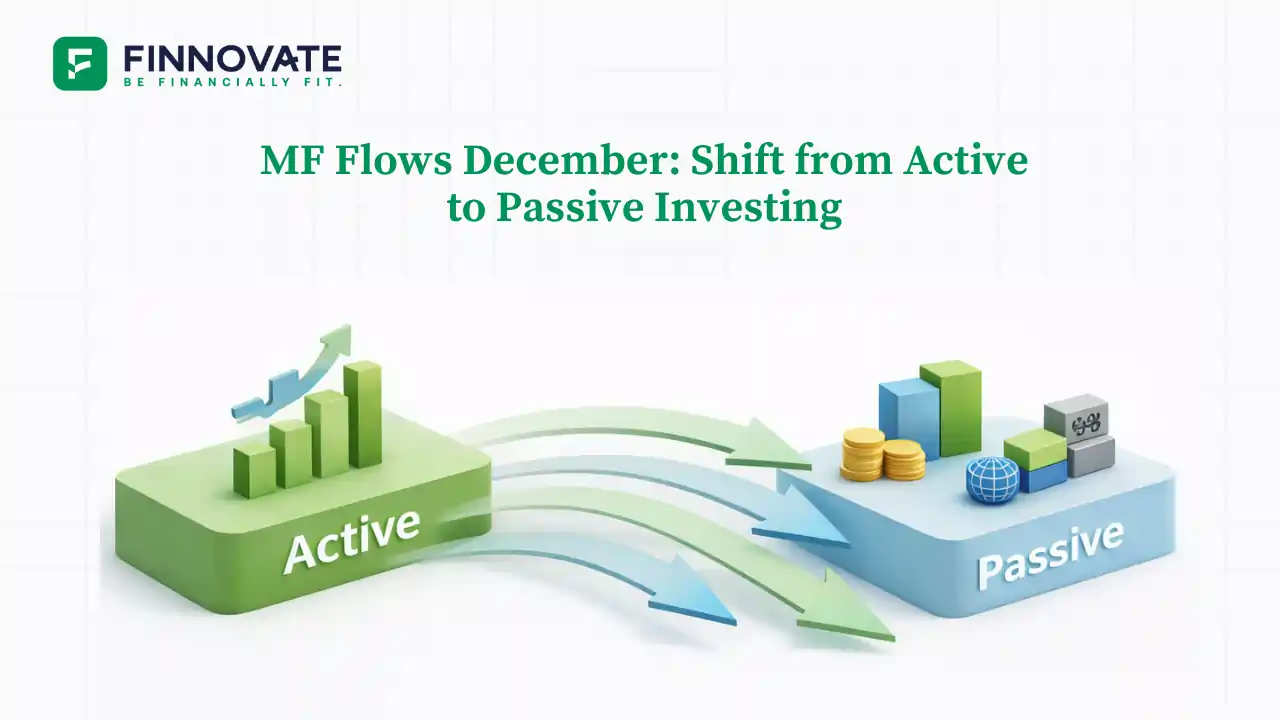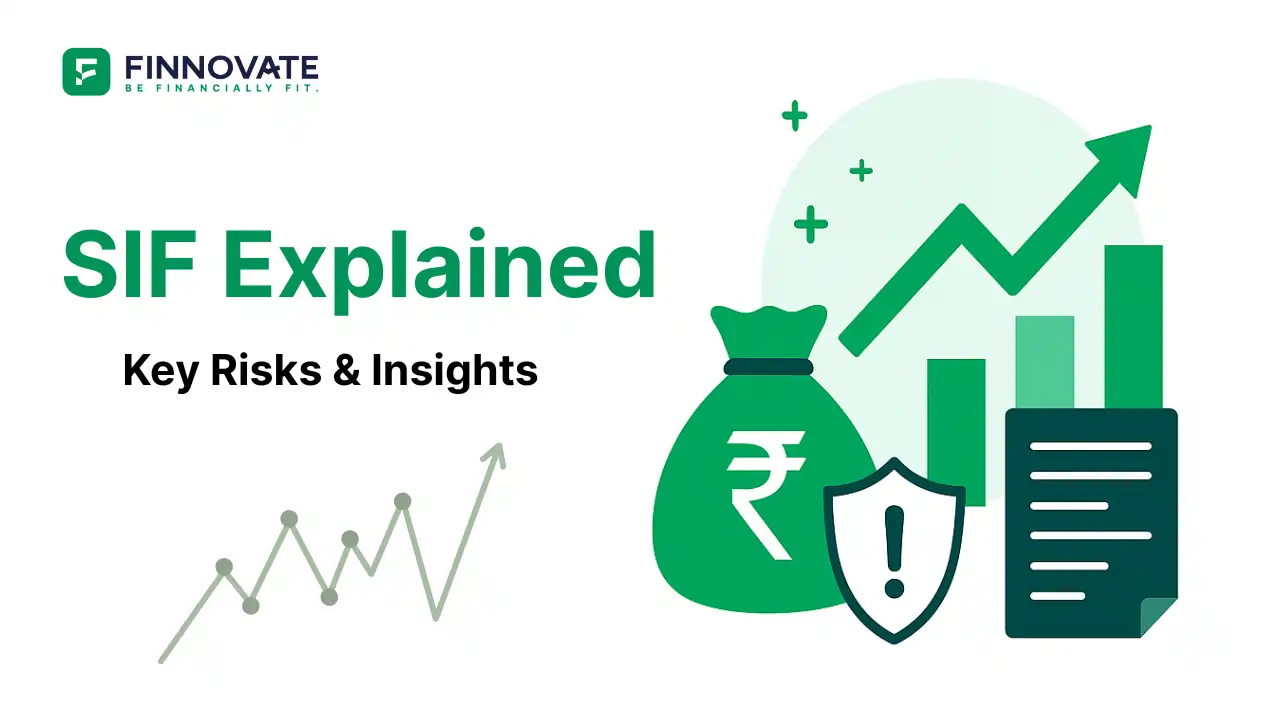
MF Flows December: Shift from Active to Passive Investing
December mutual fund flow data shows passive funds nearly matching active equity inflows, ...
Investing in the stock market is a journey filled with peaks and valleys, with steep climbs and sudden drops. There are multiple ways of embarking on this roller coaster ride: one way is to invest lumpsum amounts of money at irregular intervals, and the other is a more disciplined approach - by investing small amounts of money at regular intervals in the form of Systematic Investment Plans (SIPs).
In this article, we'll explore the impact of regular, disciplined savings versus sporadic lump-sum investments.
To get started, let's dive into the experiences of two investors during the period spanning from December 2002 to December 2022. One investor opted for a lump-sum investment, while the other chose a systematic approach.
Investor A:
Lump Sum
Investor A chose to invest a lump sum at the peak of the market in December 2002. Over the next twenty years, they weathered market turbulence, including the global financial crisis. The Compounded Annual Growth Rate (CAGR) of their investment during this period may not have been optimal, given the market's fluctuations.
Investor B: SIP
Investor B opted for the SIPs route, which involves investing a fixed amount at regular intervals over the same period.
An SIP is like a piggy bank where you can stash away your money regularly. Except, here, your money gets invested regularly and offers the scope of wealth creation over time.
This approach allowed Investor B to benefit from rupee-cost averaging over a long period of time.
Since the investment amount is fixed, they can buy more units when the market is down and fewer units when the markets are high. So, the average cost per unit of the fund becomes low.
Check out
the NIFTY 50 returns you would have earned by investing a lump sum amount at
the beginning of the period vis-a-vis the returns you would have earned on a
monthly SIP during the entire period. The results are summarized in the table
below:
Source: ET Money
The table above shows that when the markets are constantly rising (like after the Covid-19 crash), the lump sum investments would have performed better than the investments made through the SIP route. So, an SIP helps investors reduce the downside risks over a long period of time.
With this analysis, it is clear that with SIPs, you can unleash the power of the eighth wonder of the world - yes, compounding.
If you stay invested in an SIP for a long period of time, the returns generated over time get added back to the principal amount. This in turn generates more returns. Repeating this process over time will compound your returns over the investment period.
One common belief among investors is that lump-sum investments work best when made at the market's lowest point. While this sounds logical, it's important to remember that accurately timing the market is challenging. The focus should not be on trying to predict market highs and lows but on building a robust strategy that can withstand market volatility.
To navigate the unpredictable nature of the stock market, investors need to focus on strategies that reduce downside risk and capture the benefits of market volatility.
One of the ways to manage market volatility is to invest regularly, whether it's through SIPs or another systematic approach. This strategy allows investors to average out the purchase price of units over time, reducing the impact of market fluctuations.
Rupee-cost averaging is a central concept behind regular investments. It's a strategy that can help investors manage market fluctuations effectively. As discussed earlier, the essence of rupee-cost averaging is that you buy more units when prices are low and fewer units when prices are high. Over time, this strategy can reduce the average cost of your investments.
Even if you start investing at a market peak, regular investments can cushion the impact of market downturns. As the market falls, you buy more units for the same amount, and as it rises, you buy fewer units. In the long run, this approach can lead to more favourable CAGR figures compared to lump-sum investments made at the peak.
The world of investments is filled with unpredictability, and market timing is often a gamble. By opting for regular, disciplined investments, you gain the power of discipline. You can navigate market volatility, reduce downside risk, and leverage the concept of rupee-cost averaging.
An SIP also helps investors navigate towards their financial goals. Whether it’s that dream vacation, a new gadget, or even a retirement plan, an SIP can help you get there systematically.
Instead of trying to predict the market's next move, investors should focus on maintaining a systematic approach to investing, which can be the key to long-term financial success. The goal should be to build a resilient and potentially more rewarding investment portfolio over time by embracing a disciplined approach.
Popular now

Learn how to easily download your NSDL CAS Statement in PDF format with our step-by-step g...

Explore what Specialised Investment Funds (SIFs) are, their benefits, taxation, minimum in...

Learn How to Download Your CDSL CAS Statement with our step-by-step guide. Easy instructio...

Looking for the best financial freedom books? Here’s a handpicked 2026 reading list with...